The accounts of ECB’s March 9-10 meeting noted that “while the Russian invasion of Ukraine had increased uncertainty surrounding the macroeconomic outlook, related risks to the inflation outlook were seen as largely one-sided, with experience suggesting that wars tended to be inflationary”.
“While the war would likely dent economic growth in the short term, annual growth was projected to remain positive even in the severe scenario, pointing to ‘slowflation’ rather than stagflation.”
“The greater persistence of inflation increased the probability of second-round effects via strengthening wage dynamics…. a longer period of above-target inflation would lead to an increased risk of an upward unanchoring of longer-term inflation expectations.”
Thus, the Governing Council could “no longer afford to look through higher inflation, even if it was driven by an adverse supply shock.”
ECB decided at the meeting to revise the plan for APP net purchases, with the option to end after June. “Easing bias” was removed from the forward guidance. Interest rate hike would come “shorter” after ending the net purchases, depending on incoming data.
Full accounts here.
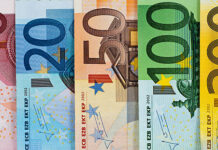



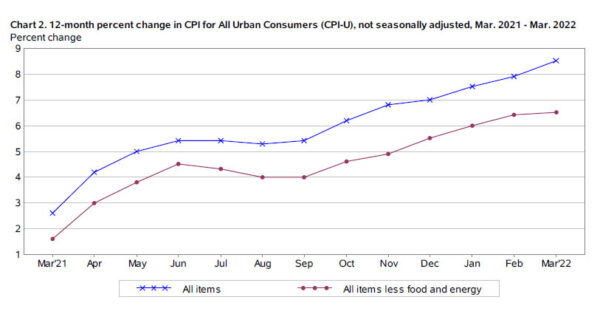
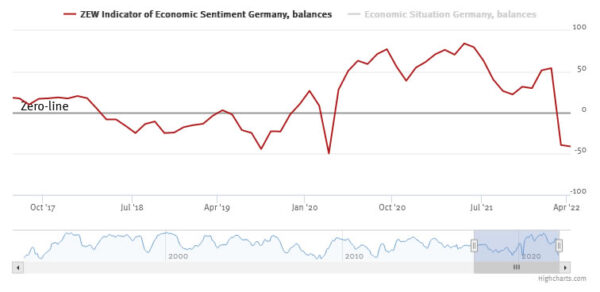
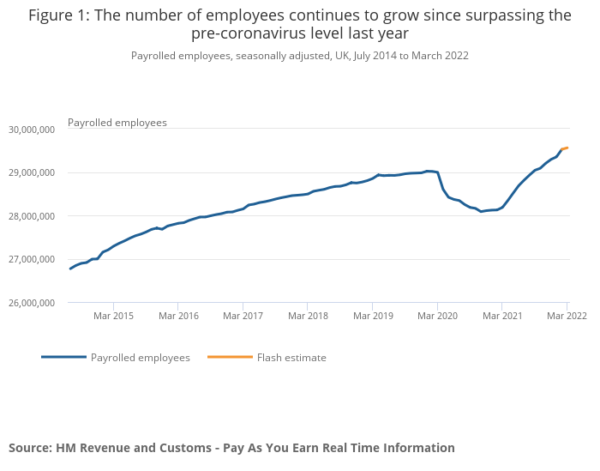
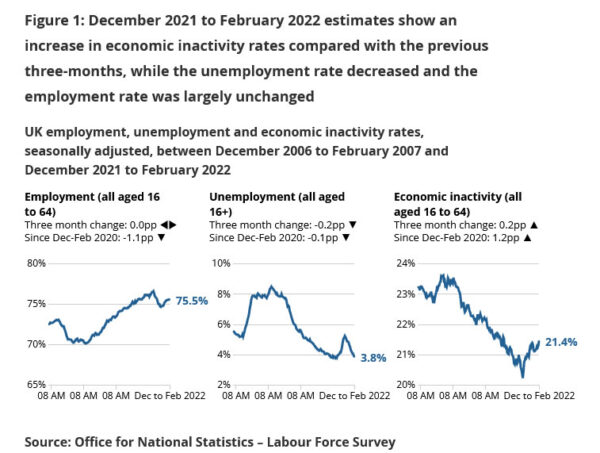
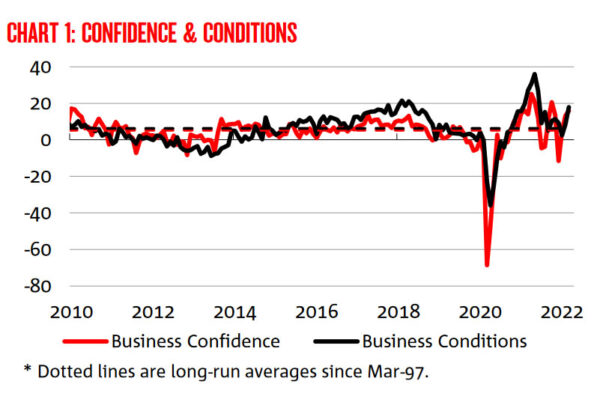
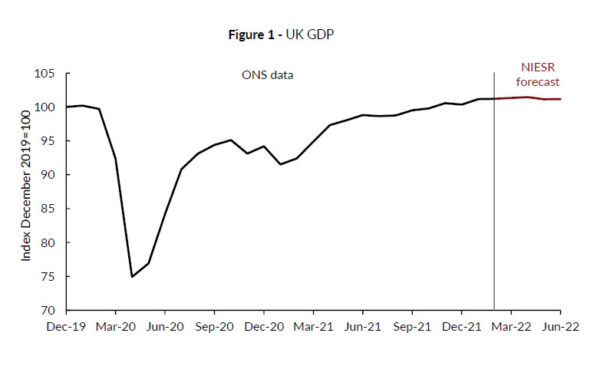
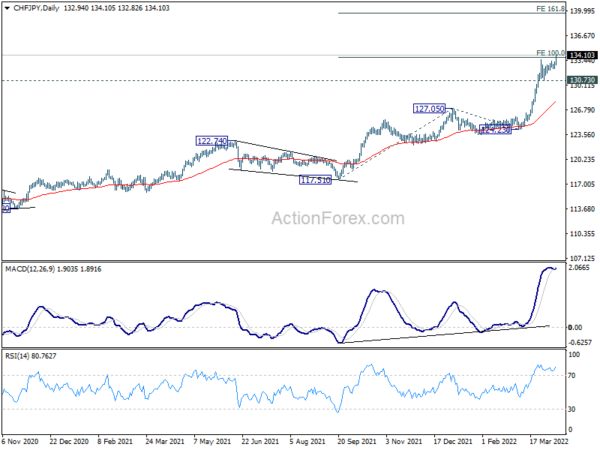
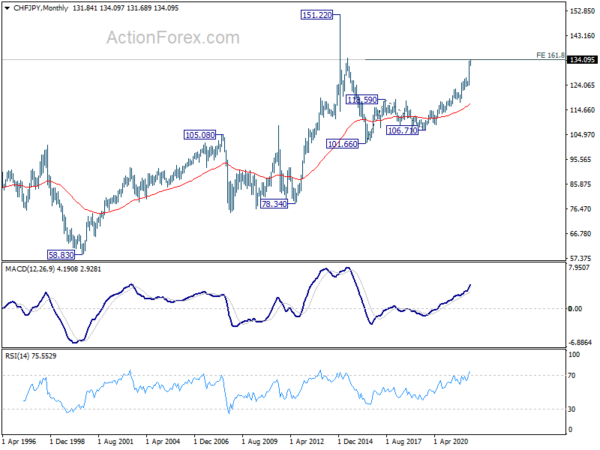
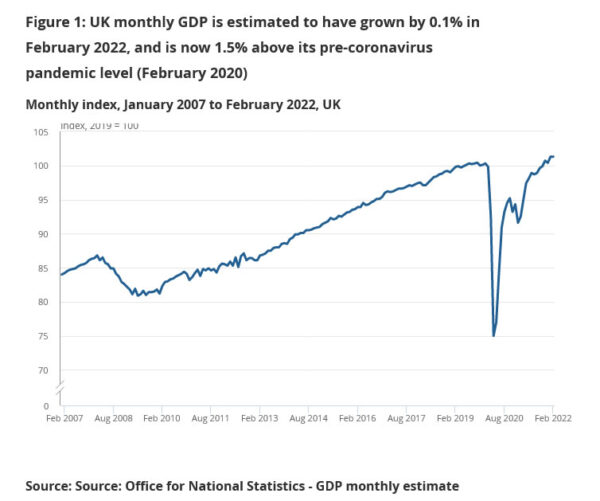
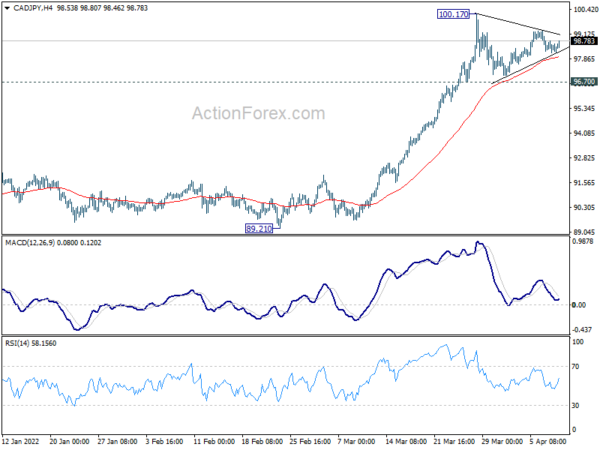
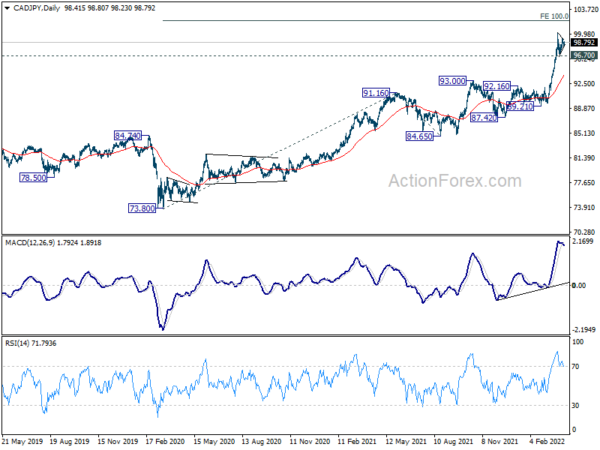
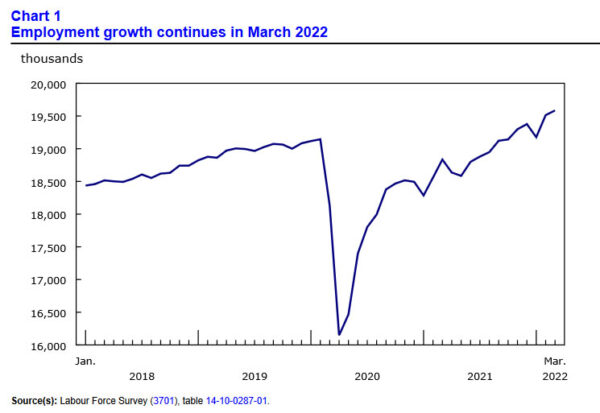
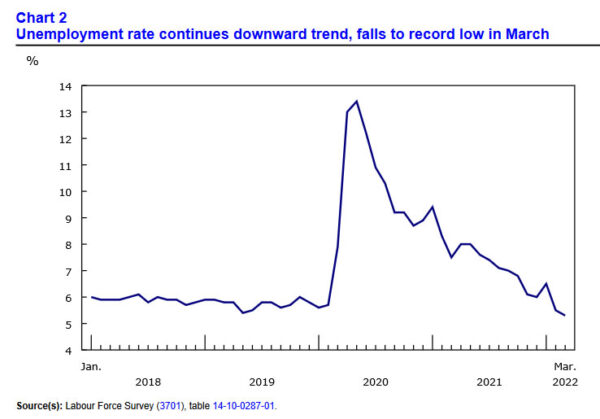
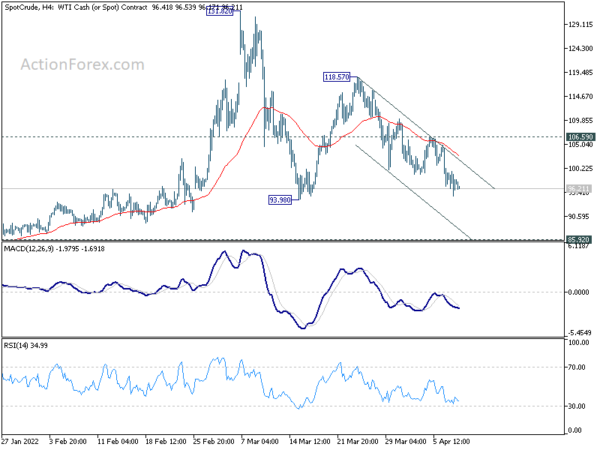
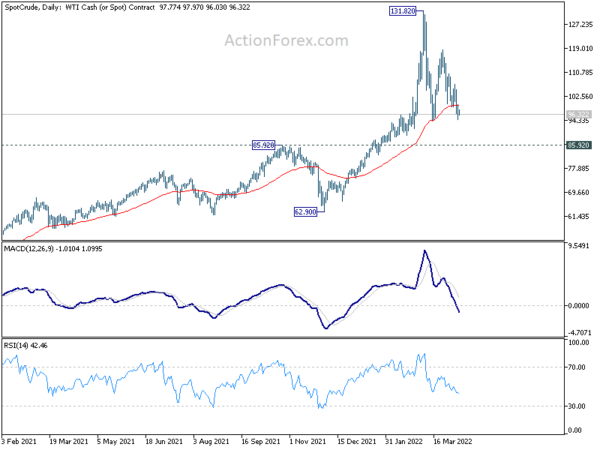
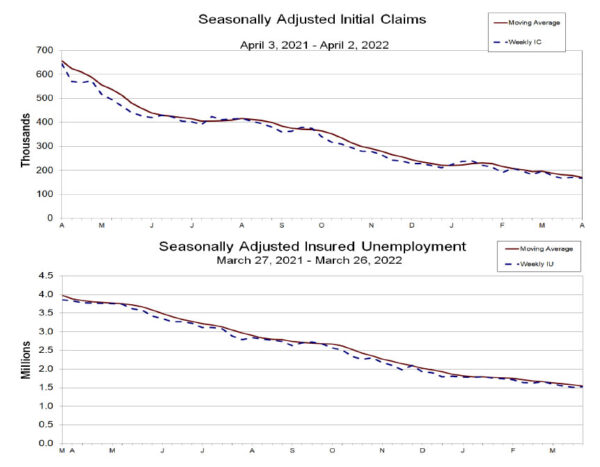
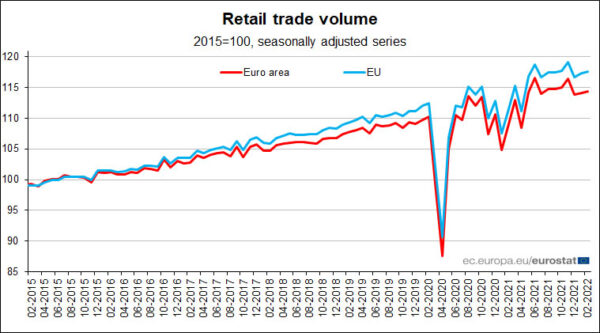

Fed Barkin: Best short-term policy path is rapid to neutral
Richmond Fed President Thomas Barkin said yesterday, “the best short-term path for us is to move rapidly to the neutral range and then test whether pandemic-era inflation pressures are easing, and how persistent inflation has become. If necessary, we can move further.”
He added that the actions to combat inflation doesn’t “necessarily require a hard landing.” In fact, “it might help avoid one by convincing individuals and firms that the Fed is committed to our target, thereby cementing inflation expectations.”
Barkin also said that the Fed needs to be “crystal clear that a growing economy requires stable prices, and that we will remain committed to addressing inflationary gusts.”